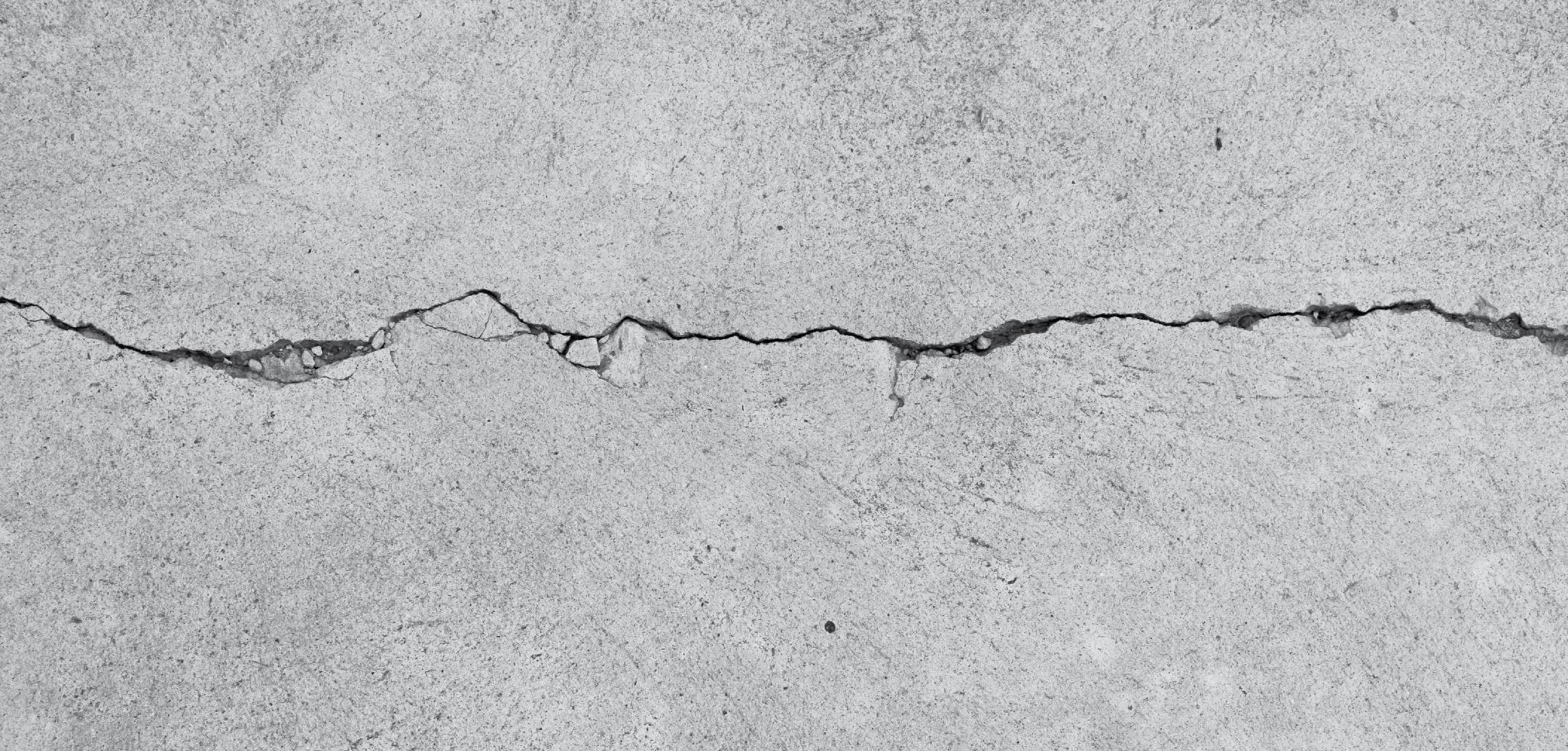
8 minute read
Slab & Foundation
Stormwater drainage
Disposable nappies and disposable wipes can damage any drainage system, so never put them or any other large objects down the toilet. Equally, smaller solids such as tea leaves, hairs and vegetable scraps can block a kitchen sink. Dispose of smaller solids in the rubbish or in a compost container and don’t put them down the sink. If you happen to let grease, oil, fat or fatty scraps escape into the sink, flush it out well with hot water.
Advertisement
Blockages sometimes happen no matter how careful you are, so it pays to have a plunger in the house. Filling the sink with water and moving the plunger vigorously over the sink hole often does the trick. If this fails – call your plumber. You should also call your plumber in the event of a blockage in the toilet pan.
Defects & Movement
Your home is made up of organic and inorganic materials that will move with the changing seasons. Evidence of your home changing with age includes minor cracks to plaster and mouldings, which are caused by settling and shrinkage of the frame.
Such cracks are not a sign of structural failure. As the house continues to age, minor shrinkage cracks become part of the normal home owner’s maintenance responsibility, and are easily attended to. The builder is required to attend to damage caused by defective materials or labour – but not damage caused by age, timber shrinkage or wear and tear.
Concrete Distress
Cracks can occur in concrete construction for a variety of reasons. Some cracking is inevitable because concrete, like most other building materials, moves with changes in temperature and moisture content. Cracking can be controlled but not entirely prevented. The most common forms of cracking after the concrete has set hard are crazing and drying/shrinkage cracking.
— Crazing is a network of very fine cobweb line cracks. Crazing is not detrimental to anything other than appearance. — Drying/shrinkage cracks are caused by concrete shrinking as a result of moisture loss. This is not a major problem if the concrete is free to move.
Cracking in concrete slabs is called “Concrete Slab Distress” and is described by a damage category. If distress is rated at less than category 3 the defect is to be monitored for 12 months. Cracks that are greater than 2mm wide after being monitored for 12 months are a defect.
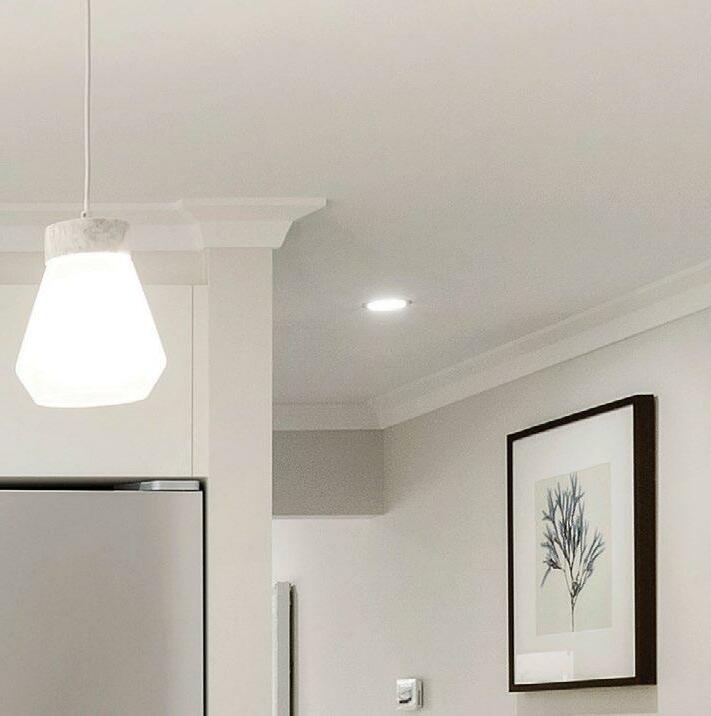
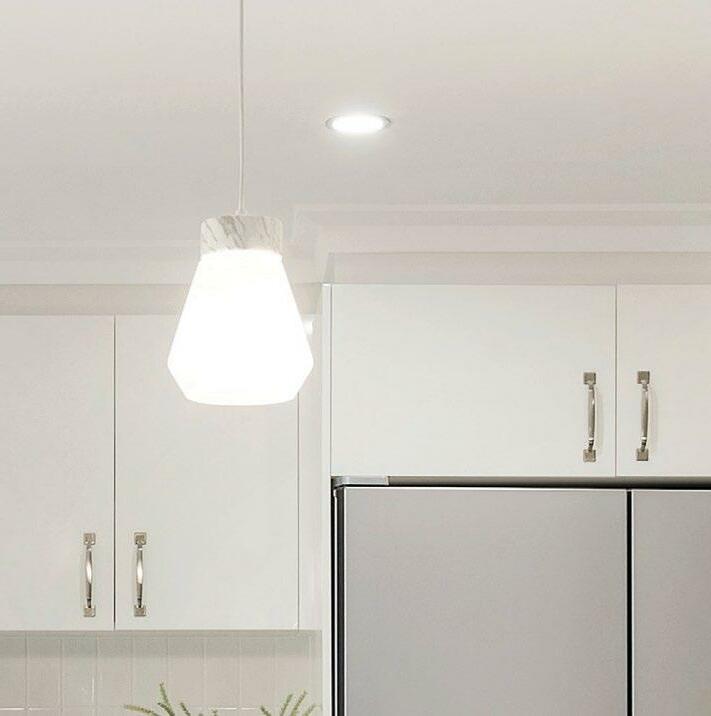
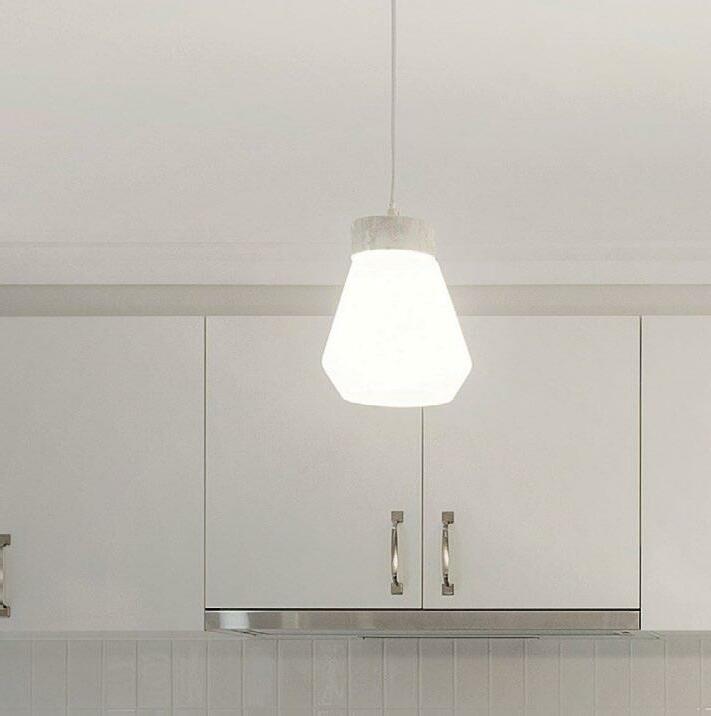
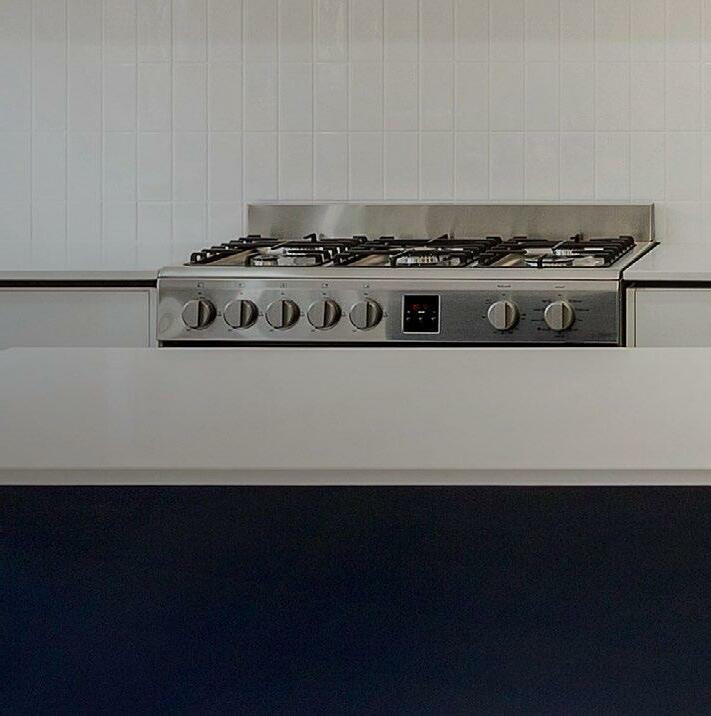

12 months RACV Emergency Home Assist
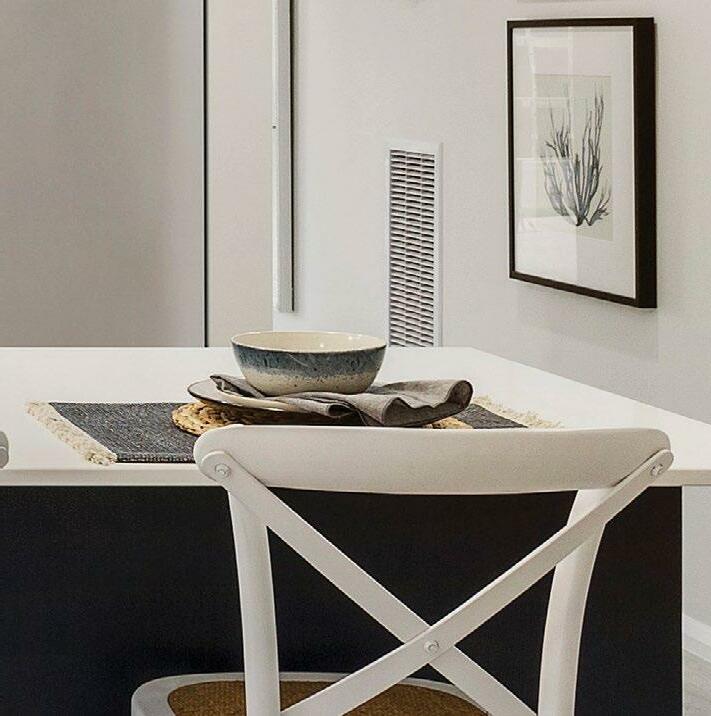


Your gift from Langdon Building.
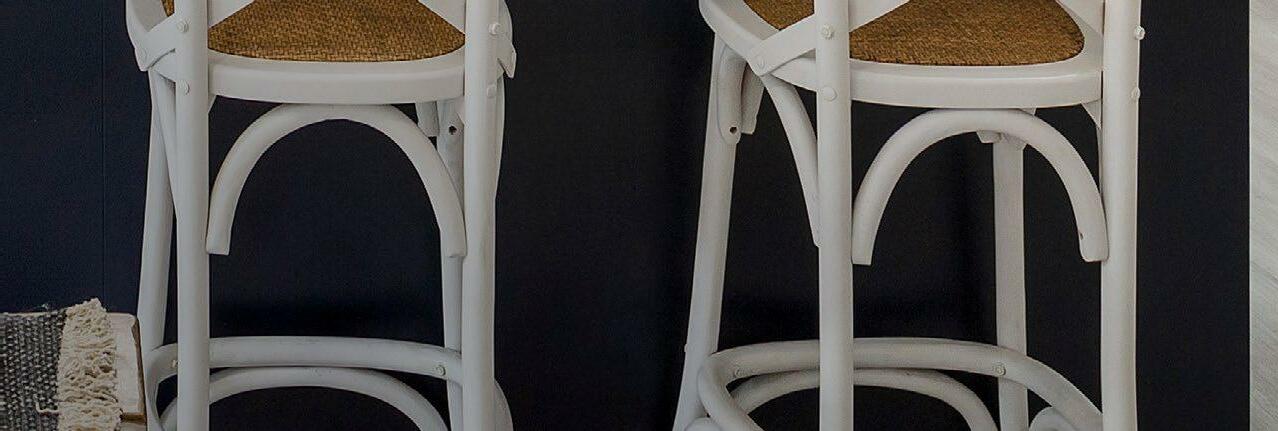
There’s no substitute for a backup plan. With one year of RACV Emergency Assist, open the door to your new Langdon Building home knowing you're supported when you need help fast.
Your complimentary Emergency Home Assist subscription includes: • Qualified plumbers, locksmiths and electricians. • 24/7 support and rapid response time. • Up to 8 emergency callouts per year. • No out-of-hours surcharges, even at night, weekends and public holidays.
Search racv.com.au or call 13 72 28 to fi nd out more about RACV’s Home solutions.
Learn about RACV's range of Home options to keep your home safe, secure and powered all year round.
Home Insurance
• With help for claims 24/7, get a tailored policy with optional extras and inclusions. • Lifetime guarantee on repairs and rebuilds completed by one of our preferred repairers or builders.
Home Security
• Alarm systems, professional monitoring and security cameras to suit your needs. • Expert advice, installation and maintenance.
RACV Solar
• Save on bills with reliable and sustainable energy. • Store excess solar power for when you need it with battery storage.
The information provided is general advice only. Before making any decisions please consider your own circumstances and the Product Disclosure Statement and Target Market Determinations. For copies, visit racv.com.au. As distributor, RACV Insurance Services Pty Ltd AFS Licence No. 230039 receives commission for each policy sold or renewed. Products issued by Insurance Manufacturers of Australia Pty Ltd ABN 93 004 208 084 AFS Licence No. 227678. RACV Emergency Home Assist is an emergency home service product, separate to insurance, that is provided by Royal Automobile Club of Victoria (RACV) Ltd and not RACV Insurance Services Pty Ltd. It is a fast response service providing up to 8 call outs a year for common plumbing, electrical and locksmith emergencies, all for one annual fee. Up to 1 hour of labour, including minor parts and materials, is used to repair or make your home safe. Emergency Home Assist does not insure you against the costs of a home emergency and is not a home insurance product. Refer to the RACV Emergency Home Assist Terms and Conditions for more details. RACV Security Pty Ltd ABN 49 079 148 342 trading as RACV Home Security. Security Licence (Vic.) 733-411-10S and Security Registration (Vic.) 733-411-31S.
Slab & Foundation
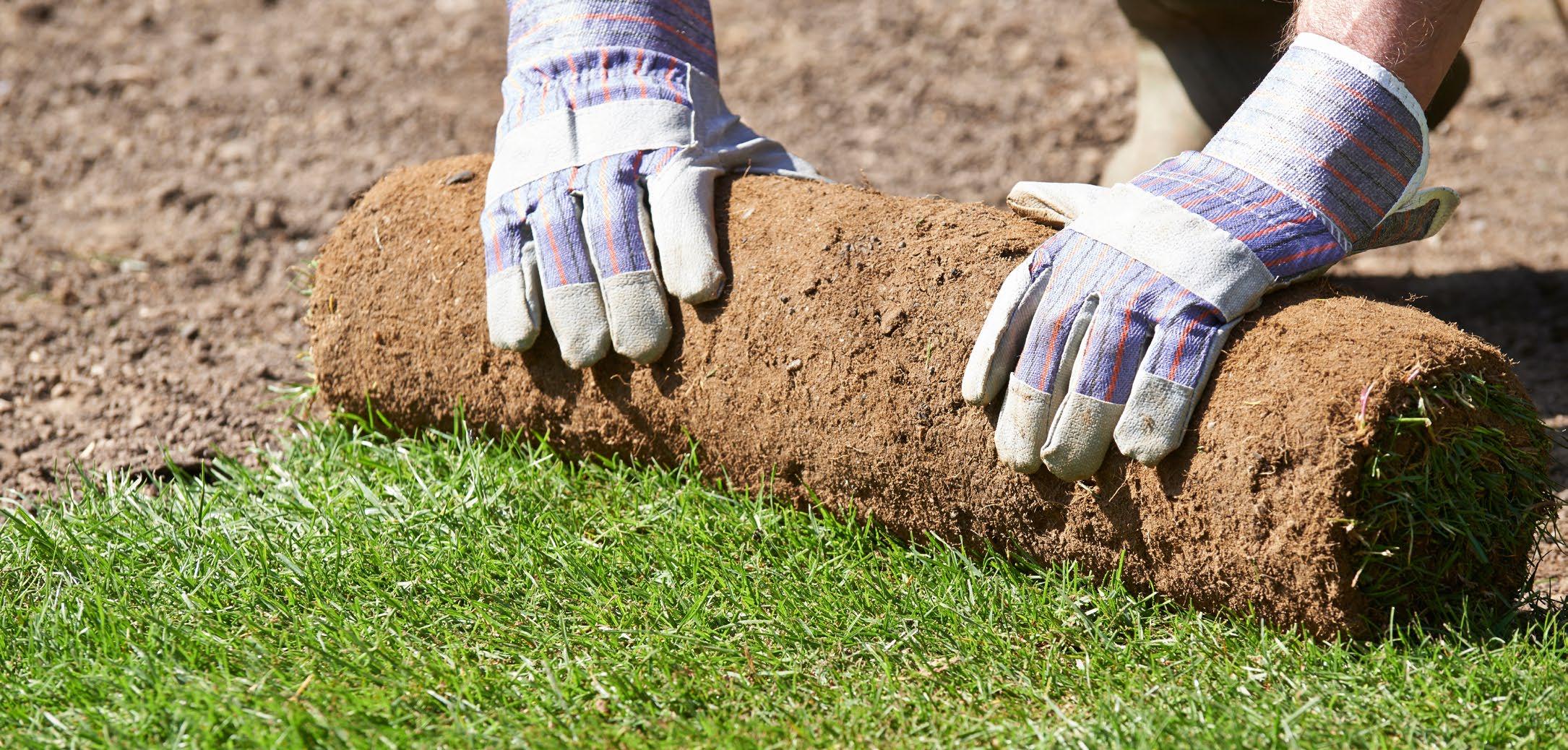
Landscaping
Care must be taken with landscaping to prevent the breakdown of the termite resistant barrier (if installed). Further care must be taken to avoid run-off from storm water around the house being affected adjacent to the house or garage.
The chances of impairment or failure of footings to your home are higher if the following conditions happen:
— Trees are planted too close to the house — Landscaping and paving undertaken by the owner is not graded sufficiently for water to flow away from the house — Water is excessive next to the house — Site drainage is not maintained by you as an owner and allowed to deteriorate — Plumbing leaks not repaired. Trees and plumbing leaks are a common cause of footing failure and they need to be kept under control and away from the house.
A tree root barrier may need to be installed to ensure the long-term performance of the building, depending on the location of any trees planted or remaining near the vicinity of the house and garage. This is the responsibility of the owner, and Langdon will not be responsible for any defect/ damage caused to the house, garage or services because tree root barriers were not installed. For further information you can refer to the CSIRO’s ‘Guide to Foundation Maintenance and Footing performance’ which is provided in your handover pack.
Concrete around your home
It is possible that minor cracks will appear in the concrete as the material shrinks. This is normal and not a defect, provided the cracks don’t continue to grow. Langdon Building, using engineers’ reports, has built your home and garage slab to withstand anticipated pressure. However, unanticipated cracking may result from conditions over which the builder has no control, such as unequal ground settlement and excessive rainfall or drought.
This hairline cracking has no detrimental effect on your home. However, should you become concerned or the cracking is in excess of 3mm across, contact Langdon Building After Care team to arrange an on site inspection. Refer to the CSIRO information sheet titled “Guide to Foundation Footings and Slab" and also the Victorian Building Authority standards.
REFERENCE DOCUMENTS
— csiro.gov.au — vba.vic.gov.au
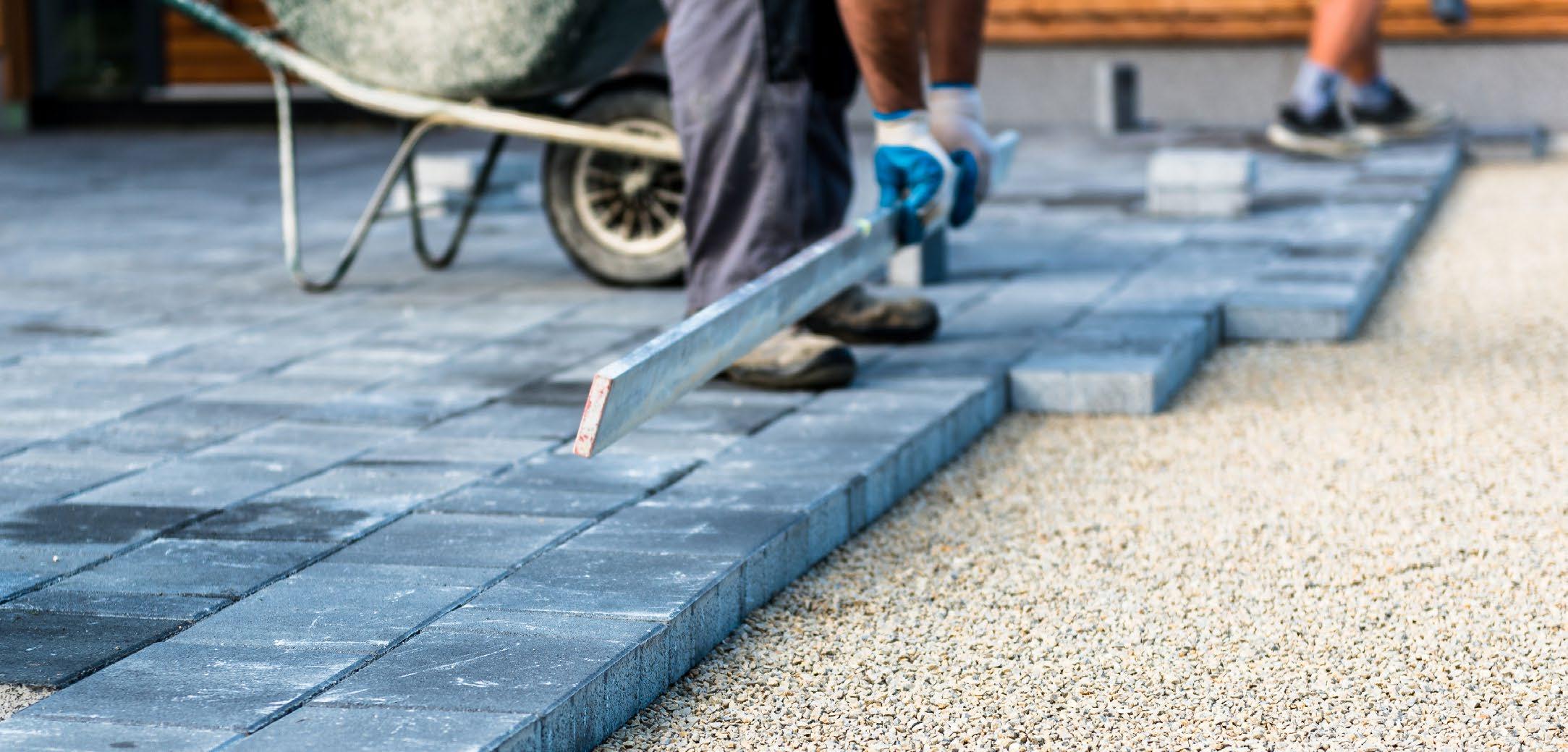
Paving
Plan and provide drainage to remove water runoff away from the home, and into silt trap or stormwater grates. Landscaping and paving undertaken by the owner is not graded sufficiently for water to flow away from the house.
When installing a driveway, grade away from garage door. If it is not possible provide and install a grate across the full width of the garage doors with a drainage system approved by your local council or private building surveyor.
Grade all paths and garden beds away from the house and take extra precaution not to cover the base of the hot water system, heating unit and/or air conditioning condenser. Also, ensure that the water meter, gas meter, weep holes in brickwork and inspection openings are free of concrete and soil build-up.
For more information please refer to ‘CSIRO: Foundation Maintenance & Footing Performance’. This is provided in your handover packs.
Understand Soil Conditions
Before building your new home, your Langdon builder would have arranged for a soil test to classify your soil type and determine how ‘reactive’ it is. The reactivity of the soil determines to what extent the soil shrinks and swells with changes in moisture content. Excessive changes in moisture conditions around the perimeter of your home can cause the footings to move, potentially causing damage to your home.
The soil test will classify the reactivity of your soil from:
A — Non-reactive S — Slight M, M-D — Moderate H1,H1-D — High H2,H2-D — Very High E, E-D — Extreme P — Problem site (usually as a result of trees on site)
The greater the reactivity, the greater the possibility of excessive movement. If you do not have a copy of the soil report for your property, ask your builder for a copy or contact your local council.
Once the soil has been classified, the designer and/or engineer will design your house footings to ensure they can cope with the classification of the soil and likely movement. The builder will then build your home on footings designed under engineering principles to suit the soil on your land.










